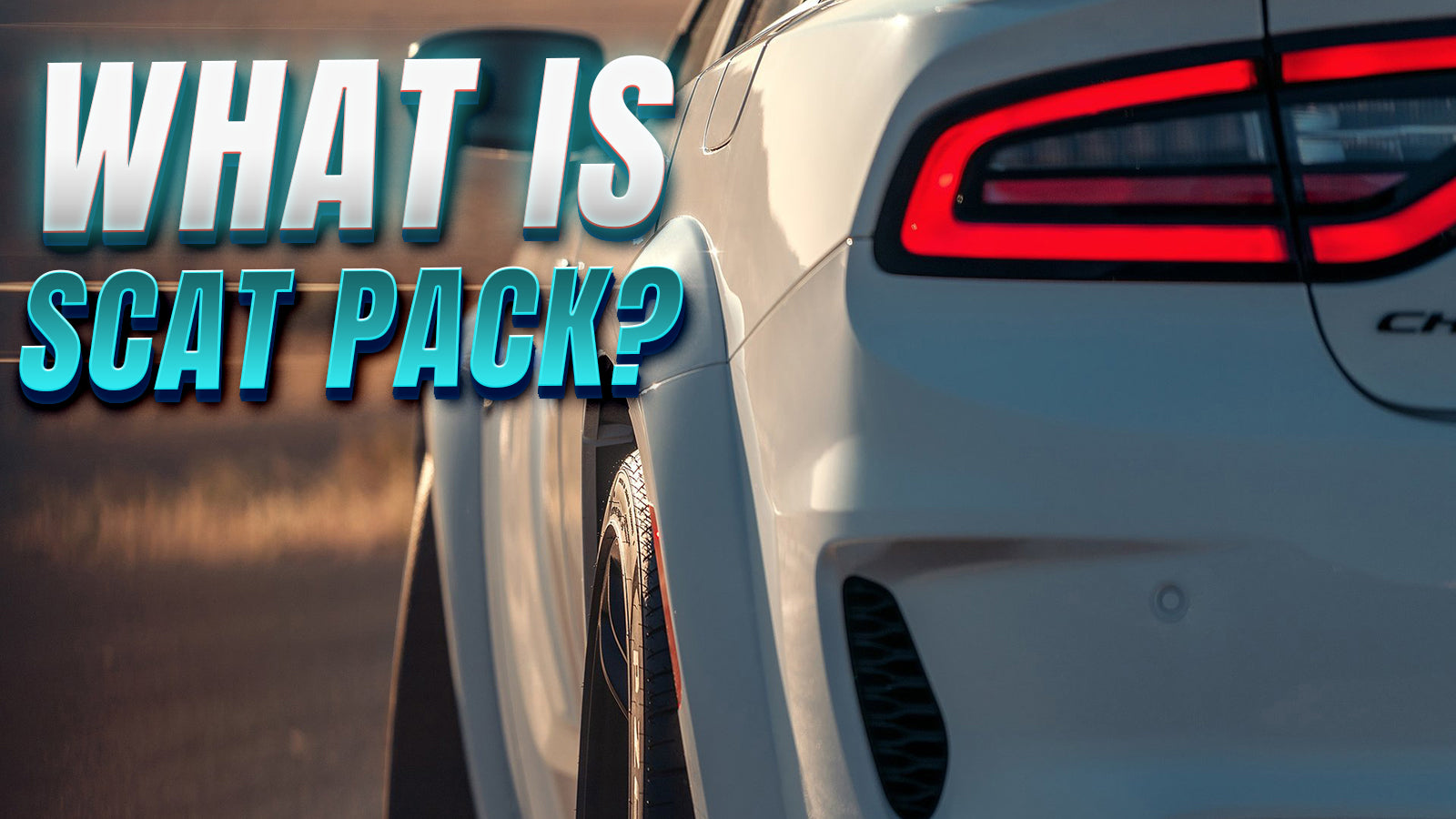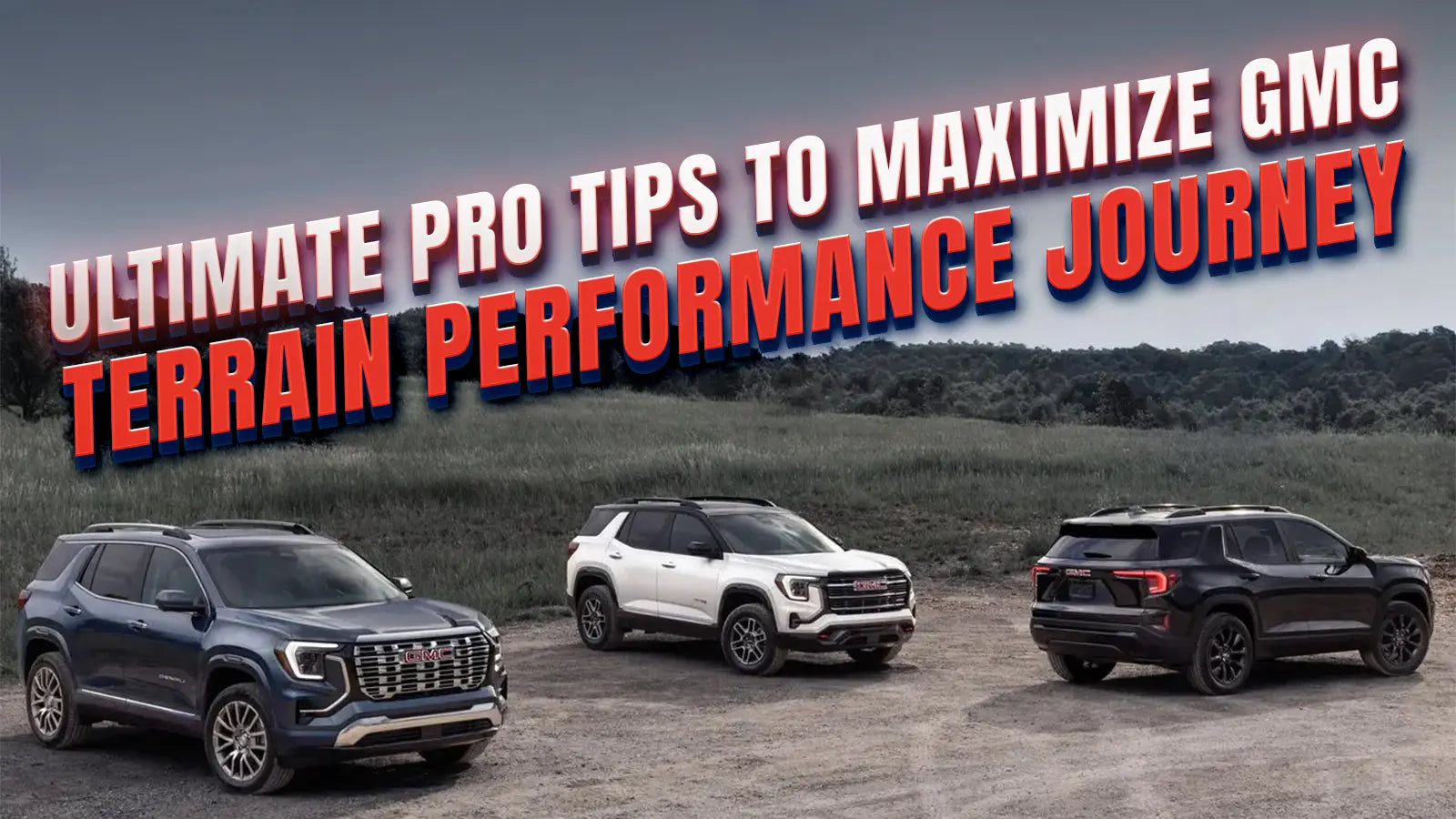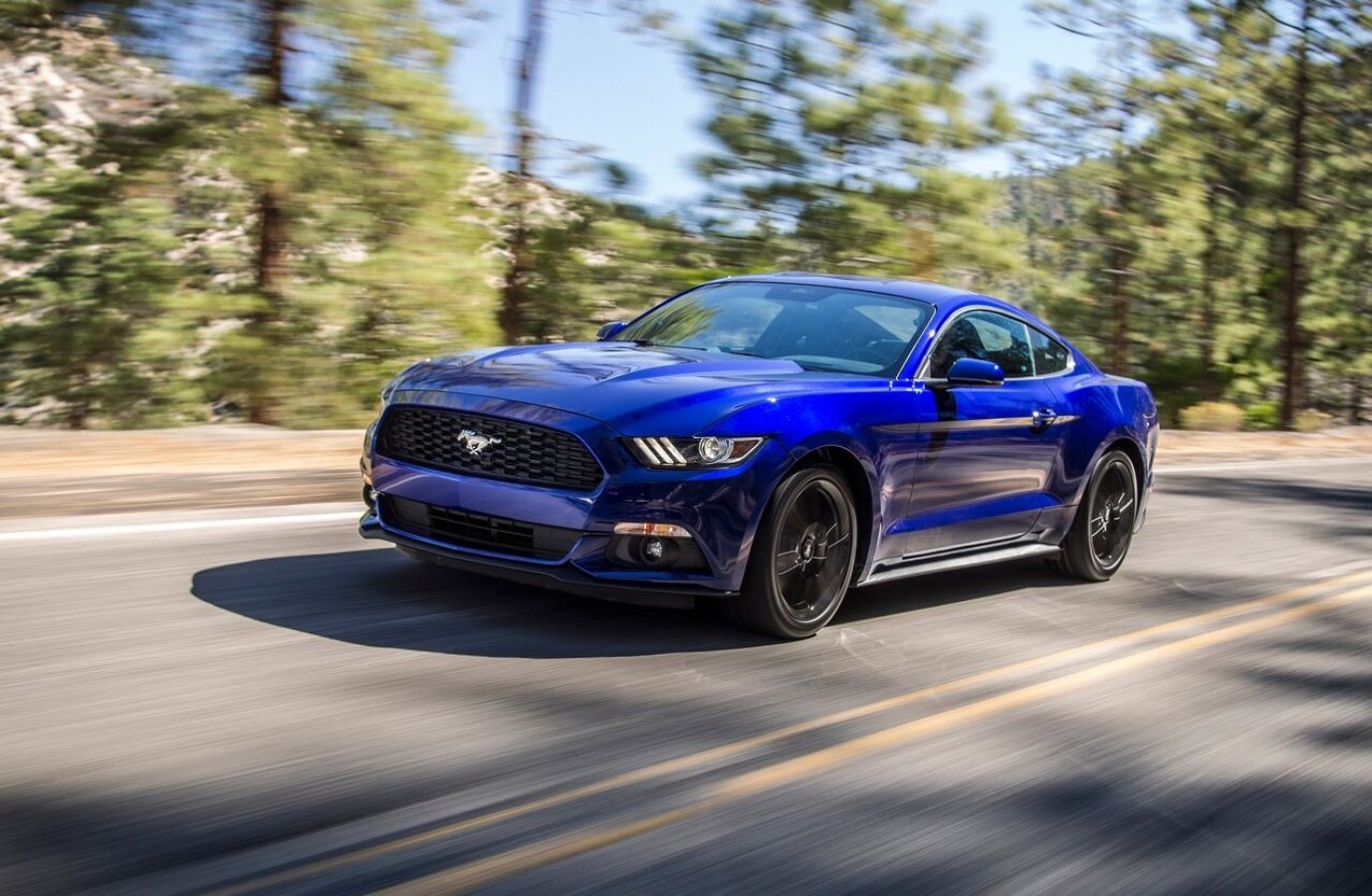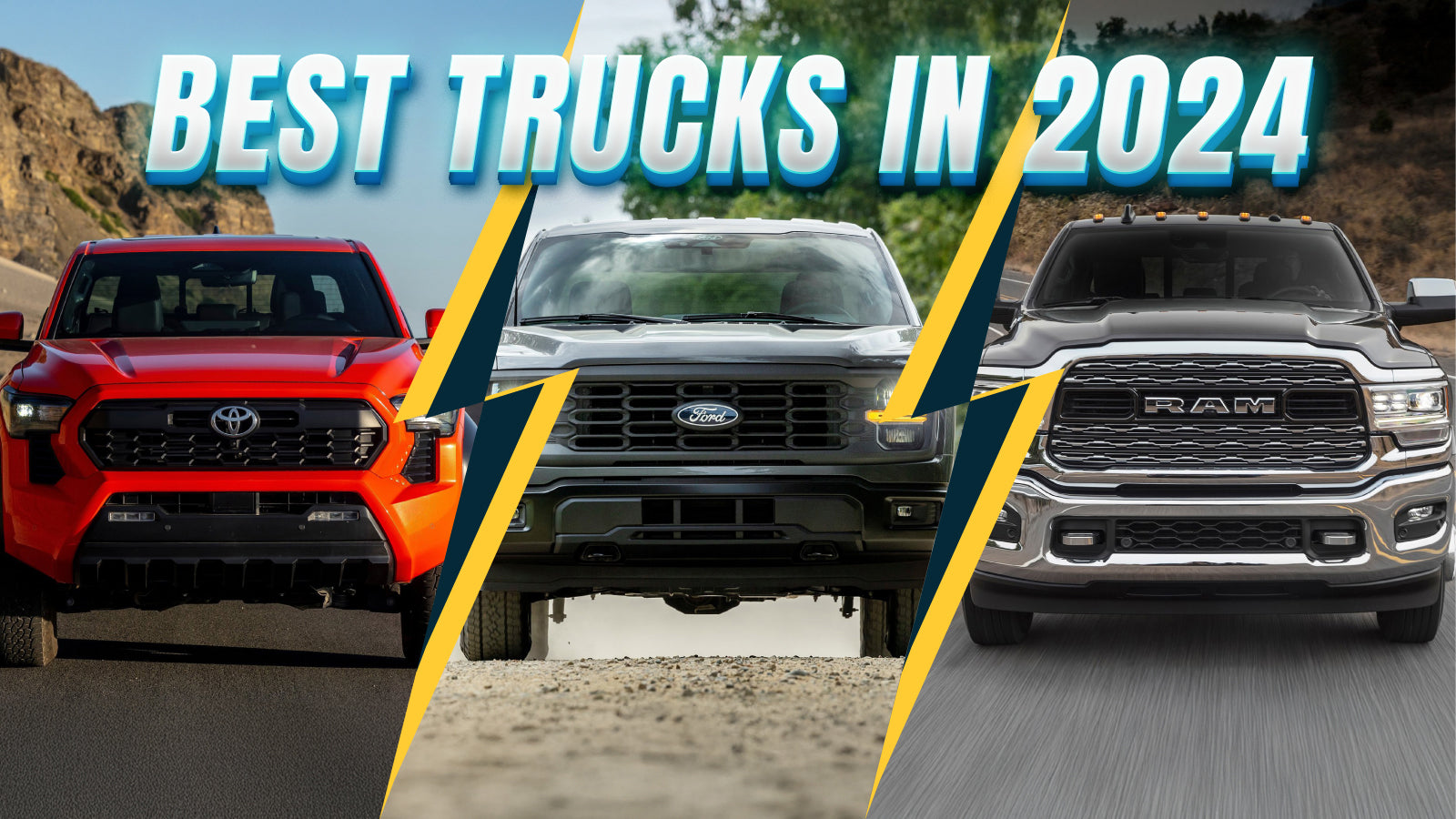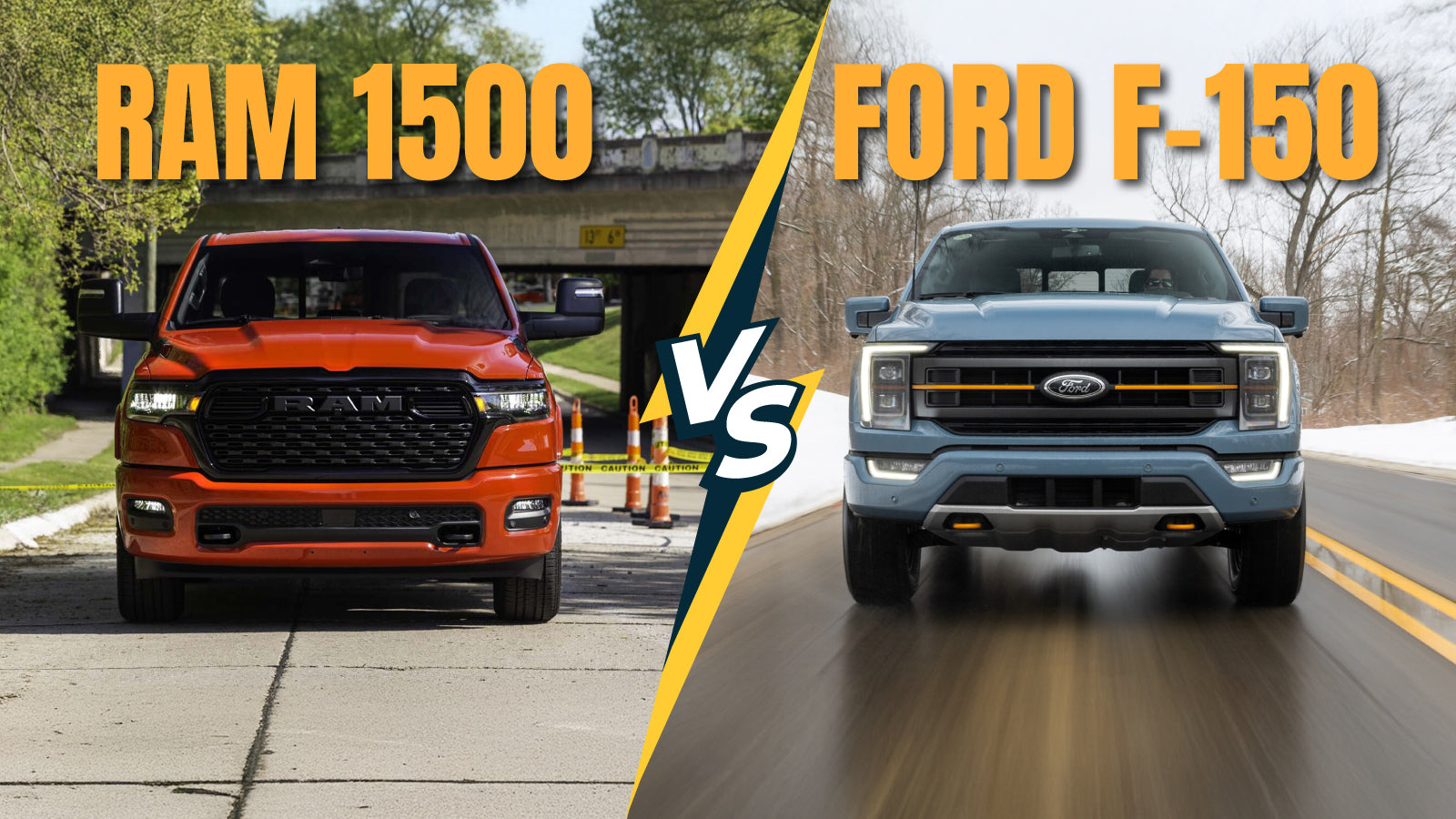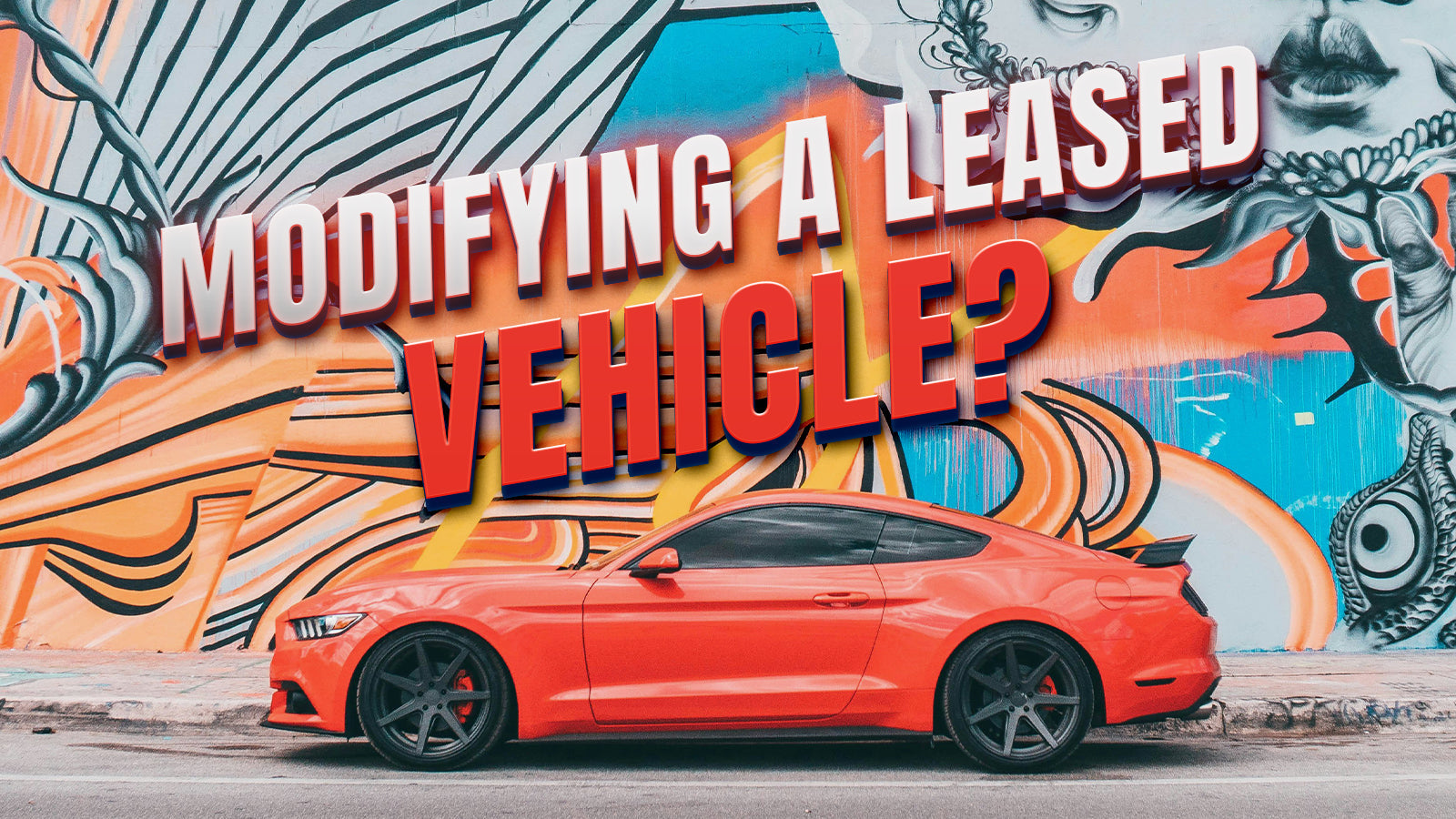Range Anxiety No More: 7 EV Trucks with The Longest-Lasting Batteries
Cansu ErdalShare
In the rapidly growing world of electric vehicles (EVs), one concern continues to weigh heavily on the minds of potential buyers: Range anxiety—the fear of running out of battery power before reaching a charging station. This is especially true for those considering electric trucks for heavy-duty tasks like towing, hauling, off-roading, or long-distance driving. But don't worry because the latest wave of electric trucks is turning the tide, offering batteries with astonishing ranges.
In this article, we will discuss everything related to electric trucks, from different types of EV ranges to several factors affecting their battery ranges, and then explore 7 electric trucks with the longest-lasting batteries. Once you understand what’s covered in this article, you can stop worrying about finding your next charging station. Plus, if you’re looking for how to extend your EV’s range and get the most range from your electric truck, just keep reading this until the end!
What is an EV range?
EV range refers to the distance an electric vehicle, including electric trucks, can travel on a single full charge of its battery. It determines how far the electric vehicle can go before needing to recharge. At this point, the concept of range anxiety emerges.

What is the EV Range Anxiety?
Some potential and current EV owners experience range anxiety, which refers to the fear or concern that an electric vehicle will run out of battery charge before reaching a charging station or destination.

What types of ranges are there for electric trucks?
Whether you’re commuting, going off-road, or hauling heavy loads, it is essential to know how far your electric truck can go on a single charge. Understanding the different types of range ratings available for electric trucks is crucial for making informed decisions. So, let’s look at the various types of ranges used for electric trucks and what they mean for your driving experience.

EPA Range
The EPA (Environmental Protection Agency) range is the most common and trusted metric in the U.S. for measuring EV range. This figure is calculated based on standardized tests that simulate city and highway driving. The EPA range gives drivers a reliable estimate of how far their electric truck will travel in mixed driving conditions.
WLTP Range
The WLTP (Worldwide Harmonized Light Vehicle Test Procedure) is an EV range measurement used in Europe and other parts of the world. It’s typically a bit more optimistic than EPA figures. While still standardized, WLTP tests may give higher range estimates because they account for various driving conditions but are often less stringent than the EPA’s tests.
NEDC Range
NEDC, previously used in Europe but largely replaced by WLTP, is an older fuel economy and emissions testing procedure. It focuses on ideal driving conditions, with fewer stops and lower speeds, which often leads to inflated range estimates. Accordingly, NECD figures are really very optimistic and do not reflect real-world driving. So, most electric vehicles achieve significantly lower ranges in real conditions than NEDC ratings.
Real-World Range
The real-world range can differ significantly from EPA or WLTP estimates. Factors such as driving style, weather, terrain, and the truck’s load (especially when towing) can all impact the actual range. Electric trucks may perform better in city driving due to regenerative braking but will see a reduced range on highways or when under heavy load.
City Range
Electric trucks often perform better in stop-and-go traffic due to regenerative braking, which recovers energy as the truck slows down. The city range usually represents how far an electric truck can go in urban conditions, where this regenerative feature is used more frequently, often resulting in a higher range than highway driving.
Highway Range
Highway driving tends to consume more energy in electric trucks, as maintaining high speeds requires more consistent power output. So, the highway range estimate shows how far you can go at higher speeds.
Towing Range
Electric trucks are often designed with the ability to tow heavy loads, but towing significantly reduces the range. When towing, electric trucks use much more energy, which reduces the truck’s overall driving range compared to when it’s not towing. The heavier the load and the more challenging the driving conditions (like hills or high speeds), the more the EV range decreases. So, towing significantly reduces range, often cutting it by 30–50%.
Which Factors Affect an EV Truck’s Battery Range?
Several factors can affect an electric truck’s battery range—in other words, how far you can drive on a single charge. They can either enhance or reduce the number of miles you can drive on a single charge. So, here’s a more detailed breakdown of factors that affect an electric truck’s battery range:

Vehicle Weight
The heavier the electric truck, the more energy it requires to move, which directly impacts range. While larger electric trucks often come with bigger battery packs to offset their weight, hauling cargo and passengers or towing a trailer adds to the overall weight, further straining the battery. So, reducing unnecessary load can help extend your electric truck’s range, especially on long trips.
Aerodynamics
The shape and design of an electric truck affect how efficiently it cuts through the air. Electric trucks with sleek, aerodynamic designs experience less drag, reducing the energy required to maintain speed. On the other hand, electric trucks with boxier designs or those equipped with accessories like roof racks, large mirrors, or lifted suspensions can face increased wind resistance, lowering range. Some electric trucks may even come with aerodynamic aids like active grille shutters or air suspension systems to improve efficiency at higher speeds.
Battery Size and Capacity
The size of the battery pack, measured in kWh, is the primary determinant of an electric truck’s range. Electric trucks with larger batteries can store more energy, allowing them to travel farther between charges. For example, some electric trucks may offer different battery options, with larger packs significantly increasing the available range. However, larger batteries also add weight to an electric truck, which can slightly reduce efficiency.
Battery Age and Health
As an electric truck’s battery ages, its capacity to hold a charge diminishes. Battery degradation occurs over time due to charging cycles and environmental factors like extreme temperatures. A well-maintained battery can last many years, but an older or poorly maintained battery will deliver less range. Proper battery care, such as avoiding frequent rapid charging and extreme temperature exposure, can help maintain its health and maximize range.
Weather Conditions
How does cold weather affect EV range? Extreme temperatures, both hot and cold, negatively affect battery performance. Cold weather can reduce the range by 20–40% due to slower chemical reactions in the battery and the increased energy demand from heating systems. Hot temperatures also cause strain on the battery, as cooling systems use additional power to maintain optimal battery temperatures.
Driving Style
How you drive directly affects your electric truck’s range. Aggressive acceleration, rapid braking, and consistently high speeds deplete the battery faster. A more conservative driving style with smooth acceleration, coasting when possible, and maintaining moderate speeds help preserve battery life.
Tire Pressure
Maintaining optimal tire pressure is crucial for maximizing an electric truck’s range efficiency. Under-inflated tires create more rolling resistance, which forces the electric truck’s motor to work harder and drains the battery faster, reducing range. On the other hand, overinflated tires can lead to reduced traction and uneven wear. Regularly checking tire pressure and keeping it within the manufacturer’s recommended range improves efficiency and ensures consistent range performance.
Terrain and Route
The type of terrain and route you take greatly affects how much energy your electric truck consumes. Let’s look at them below:
- Hills and Inclines: Driving uphill requires significantly more energy as the electric truck’s motor has to overcome gravity, which reduces range.
- Flat Roads: These are ideal for conversing battery power, as the motor operates more efficiently on level ground.
- Rough or Off-road Surfaces: Rough terrain or off-road driving surfaces add resistance, forcing the electric truck to use more energy in order to maintain speed and stability, reducing overall range.
- Downhill Driving: Descending hills can regenerate some energy through regenerative braking, helping extend range, though the amount recovered is usually small.
Charging Types and Habits
Charging habits and the type of charging used can impact how quickly the electric truck is ready for use and the battery's long-term health. Here is a breakdown of different charging types:
- Level 1 Charging: The slowest charging option uses a standard household outlet (120 volts). It’s ideal for overnight charging at home or when no other charging options are available.
- Level 2 Charging: This requires a dedicated 240-volt outlet, similar to what you’d use for large appliances. It’s the most common home and public charging method, balancing speed and convenience.
- Level 3 Charging: Level 3 (DC fast charging) is available at specialized public stations and uses direct current (DC) to charge an electric truck quickly. This option is much quicker than Levels 1 and 2 but can put more strain on the battery if used frequently.
Moreover, you can extend the life of your electric truck’s battery range. Let’s look at two common charging habits below:
- Top-up Charging: This involves charging your electric vehicle in small increments throughout the day, keeping the battery between 20% and 80%, and avoiding long charging sessions. It is ideal for daily commutes or when frequent access to chargers is available.
- Overnight Charging: This allows you to fully charge your vehicle over several hours, typically using Level 1 and 2 chargers. While it offers convenience for long trips, it’s important to avoid regularly charging to 100% to preserve battery range.
Accessories
Accessories can affect an electric truck’s battery range in various ways. Climate control, towing equipment, and charging devices draw the most power, reducing range significantly, especially in extreme weather or while towing. Also, cooling and heating systems in electric trucks significantly impact battery range due to their high energy consumption.
7 Electric Trucks with the Longest-Lasting Batteries
Electric trucks combine impressive range, power, and innovative technology. Even if potential buyers and users of electric trucks experience range anxiety, there are available electric trucks with impressive range capabilities, making them ideal for both daily driving and heavy-duty tasks. Here are the best 7 EV trucks with the longest-lasting battery ranges:
2025 RAM 1500 REV
- Battery: 168-229 kWh
- Estimated EV Range: Up to 500 miles (with the 229 kWh battery option)
- Motor: Dual-motor all-wheel drive (AWD) setup
- Horsepower: Up to 654 hp
- Torque: Up to 620 Ib-ft
- Towing Capacity: Up to 14,000 pounds
- Payload Capacity: 2,700 pounds
- Charging Specifications: Supports 350 kW DC fast charging, adding 100 miles of range in 10 minutes. For home charging, it supports Level 2 AC charging, lasting approximately 10-12 hours for a full charge.
- Starting Price: $60,000

2024 Chevrolet Silverado EV
Battery: 200 kWhEstimated EV Range: Up to 450 milesMotor: Dual-motor AWD setupHorsepower: Up to 754 hpTorque: Up to 785 Ib-ftTowing Capacity: Up to 10,000 poundsPayload Capacity: 1,300 poundsCharging Specifications: Supports 350 kW DC fast charging, adding 100 miles of range in 10 minutes. It also supports 19.2 kW Level 2 AC charging for faster home charging.
- Starting Price: $75,000

2024 Rivian R1T
- Battery: 135-180 kWh
- Estimated EV Range: Up to 400 miles (with the 180 kWh battery option)
- Motor: Quad-motor AWD (one motor per wheel)
- Horsepower: Up to 835 hp
- Torque: 908 Ib-ft
- Towing Capacity: Up to 11,000 pounds
- Payload Capacity: 1,760 pounds
- Charging Specifications: Supports 200 kW DC fast charging, adding up to 140 miles of range in 20 minutes. It also supports Level 2 AC home charging.
- Starting Price: $73,000

2024 GMC Hummer EV
Battery: 212 kWhEstimated EV Range: Up to 329 milesMotor: Tri-motor AWD (one motor on the front axle, two on the rear)Horsepower: Up to 1,000 hpTorque: 1,200 Ib-ftTowing Capacity: Up to 7,500 poundsPayload Capacity: 1,300 poundsCharging Specifications: It features 800-volt DC fast charging at up to 350 kW, adding 100 miles of range in 10 minutes. It also supports Level 2 AC charging at 19.2 kW for home charging.
- Starting Price: Around $98,000

2025 GMC Sierra EV
Battery: 200 kWhEstimated EV Range: Up to 400 milesMotor: Dual-motor AWD setupHorsepower: Up to 754 hpTorque: 785 Ib-ftTowing Capacity: Up to 9,500 poundsPayload Capacity: 1,300 poundsCharging Specifications: It features 350 kW DC fast charging, providing 100 miles of range in 10 minutes. It also supports 19.2 kW Level 2 AC charging for quicker home charging.
- Starting Price: $75,000

2025 Tesla Cybertruck
- Battery: 200 kWh
- Estimated EV Range: 325 miles, can be extended upto 440 miles with range extender
- Motor: Dual or tri-motor AWD
- Horsepower: 600 hp (dual motor), 800 hp (tri-motor)
- Torque: 745 lb-ft (dual motor), 1,000 Ib-ft (tri-motor)
- Towing Capacity: Up to 14,000 pounds
- Payload Capacity: 3,500 pounds
- Charging Specifications: It supports 250 kW DC fast charging and is compatible with Tesla’s Supercharger network. It also features Level 2 AC charging at home.
- Starting Price: $74,500 (dual motor), $94,500 (tri-motor).

2024 Ford F-150 Lightning
Battery: 98-131 kWhEstimated EV Range: Up to 320 miles (with the extended range battery: 131 kWh)Motor: Dual-motor AWD setup (one motor per axle)Horsepower: Up to 580 hp (with the extended range battery: 131 kWh)Torque: 775 Ib-ftTowing Capacity: Up to 10,000 poundsPayload Capacity: 2,235 poundsCharging Specifications: It is equipped with 150 kWh DC fast charging, which adds 54 miles of range in 10 minutes. It also supports Level 2 AC charging and can act as a backup power source for your home through the Pro Power Onboard feature.
- Starting Price: Around $50,000 for the base model, with higher trims reaching over $90,000.

Which EV truck has the longest range?
The 2025 RAM 1500 REV has the longest range among electric trucks, with an optional 229 kWh battery providing up to 500 miles of range. This electric truck is designed for heavy-duty tasks and comes with advanced technology like vehicle-to-grid (V2G) and vehicle-to-home (V2H) charging capabilities. On the other hand, other contenders, such as the Chevrolet Silverado EV and Rivivan R1T, offer competitive ranges of up to 450 miles and 400 miles, respectively.

How to Prolong EV’s Range?
Some strategies help reduce energy consumption and maximize efficiency by optimizing driving habits, managing power usage, and reducing strain on the battery range. To prolong the range of your electric truck, consider these strategies:

- Driving Efficiently: Smooth acceleration and braking reduce energy consumption. Avoiding rapid changes in speed helps your battery last longer since consistent driving minimizes power demand.
- Preconditioning the Cabin: Preheating or cooling your electric truck while it’s still plugged in preserves battery life for driving. This reduces the energy needed for climate control during your trip, especially in extreme weather conditions.
- Monitoring Tire Pressure: Underinflated tires increase rolling resistance, requiring more power to move the electric truck. Keeping tires at the proper pressure reduces drag, enhances energy efficiency, and extends range.
- Minimizing Cargo Weight: Extra weight requires more energy to move, reducing your electric truck’s range. Remove unnecessary cargo and avoid aerodynamic drag from roof racks or trailers to conserve battery range power.
- Using Regenerative Braking: Regenerative braking recaptures energy that would otherwise be lost when slowing down. This helps recharge the battery slightly during your drive, extending range by utilizing energy more efficiently.
- Reducing Climate Control Use: Air conditioning and heating systems consume a lot of energy. Using them sparingly or relying on seat warmers and natural ventilation saves energy, allowing you to travel farther on a single charge.
- Planning Efficient Routes: Avoiding routes with heavy traffic, steep hills, and frequent stops minimizes the power needed for acceleration and climbing. Efficient route planning leads to smoother driving and improved range.
- Charging Smartly: Charging your electric truck during off-peak hours, especially at home, can reduce energy costs and optimize battery health. Using fast chargers sparingly can also preserve long-term battery life, helping maintain consistent range over time.
Thus, these strategies can maximize the range of your electric vehicle, making it more efficient for daily use and long trips. If you are looking for a more efficient way to get the most range from your electric truck, just keep reading to learn the best performance and efficiency upgrade on the market!
How to Get the Most Range From Your Electric Truck with Pedal Commander®?
Whatever electric truck you get, your first upgrade should be the Pedal Commander® accelerator response controller. With more than 15,000 positive reviews and certifications from the most reputable organizations in the automotive industry, Pedal Commander® is the best and most advanced pedal controller on the market. So, Pedal Commander® is one of the most practical and versatile upgrades that will significantly improve the driving experience with your electric truck.

Pedal Commander® is designed to eliminate acceleration delay from the drive-by-wire pedal, delivering instant acceleration whether tackling mountain roads, towing your boat, or cruising the highway. Let’s look at why every electric truck needs the Pedal Commander®:
- Instant Throttle Response: Pedal Commander® offers lightning-quick acceleration by eliminating the lag from your accelerator pedal.
- Effortless Installation: Pedal Commander® boasts an effortless plug-and-play setup in minutes without needing technical expertise for immediate benefits.
- Customizable Settings: Pedal Commander® allows you to fine-tune your EV's response to match your preferred driving style with its four adjustable modes: Range+, City, Dynamic, and Hyper. Each mode has nine sensitivity settings so you can find the perfect response.
- Better Off-Road and On-Road Control: Pedal Commander® enhances off-road driving with its Dynamic and Hyper modes, which give a more aggressive response when you need raw and instant power. Range+ mode, on the other hand, gives you more controlled power delivery for the situations where too much power may ruin traction.
- Efficiency: Pedal Commander®'s Range+ mode reduces accelerator sensitivity for better range during long road trips or stop-and-go traffic, perfect for daily road use, especially when combined with efficient driving habits.
- Versatile Compatibility: Pedal Commander® is designed to integrate with a wide array of electric vehicle makes and models seamlessly for an exceptional driving upgrade.
- Reliable Performance Upgrade: Pedal Commander® comes with a two-year product warranty if you can provide a copy of your receipt and purchase it through an authorized seller.
So, if you want to get the most range from your electric truck, you only need to get yourself the best electronic upgrade, the Pedal Commander®. Take your vehicle to the next level--click here to order yours now!


